By Nigel Wigmore
There can be nothing more warming to the heart of any true Brit than to encounter in some far-off land a Land Rover churning its way along a dubious track.
It seems nowadays that in the wealthier parts of California or the Middle East you will spot plenty of luxurious black Range Rovers.
But the sturdy, long- and short-wheel-base Land Rovers that pop up regularly on our television screens crossing the Sahara or the Himalayan hinterland are to me a truer symbol of solid Britishness and the glorious past history of our car manufacture than any modern day trophy car. And those iconic workhorses tell us more about the Land Rover story.
Images then are etched on our minds of this famous vehicle that has been with us for seven decades.
The Land Rover Defender 110 Station Wagon I have been driving is a vehicle that evolved from the original Land Rover built in 1948 as the basest kind of four-wheel drive working utility vehicle.
The Defender name, which like everything else about the Land Rover has a certain patriotic ring to it, was not chosen until 1989 when the carmaker launched the Discovery and wanted a name for the Land Rover 90 and 110 (the numbers indicating a difference in vehicle length).
So what I got in the Defender I have been driving was the nearest “living” example of a truly retro vehicle still coming off the production line. But its owner Jaguar Land Rover has stopped making it.
But what do you get when you buy an authentic retro vehicle – not a remake or a remodelling but just about the original vehicle conceived 67 years ago? Well, with the Defender for your £33,000 investment – the overall price of the test vehicle – you have to look at its assets on an individual basis.
This after all is not a motor for the faint-hearted. It’s just about bigger than anything in the domestic vehicle market: it looks down on other 4x4s and is a monster to park on the street while you pop to the shops.
The ride is robust and not to everyone’s taste I’m sure but then again you might decide to buy the Defender for a purpose – like crossing a desert or touring mountain lowlands.
In that context, or for more rural pursuits – yes, and of course, farming – the Defender comes into its own. It will just about go anywhere and I have driven one off road when it tackled successfully the toughest of terrain.
On the road the technique of driving it requires a certain knack: the 2.2-litre diesel engine rumbles and roars in turn as you tackle the fairly easy yet muscular, manual gear box.
The four-wheel-drive is the real thing without frills so I found the best technique on the road was to “drive” the vehicle, that is, give it some wellie with confidence through the gears and not be afraid of the beast.
You are high and mighty so you get a good view of everything going on around you – an ideal stance for touring. There is air con, electric front windows and my favourite a sunroof with a manual winder to open and shut.
You have to climb up into the cab but a few practice runs soon affords a good technique rather the reverse of the right way to slip into a low sports car.
I very much liked the Defender but then I am a fan. I also liked the Aintree Green livery which was somehow of the same hue as those Land Rovers you see the Queen driving at Balmoral – another memorable image of stoic Britishness.
But sadly, this Defender indeed must come to an end. When you buy one after the end of this year (2015) it will be on the second-hand market. The Defender has become obsolete, its very “retro-ness” meaning it cannot live in the world of high-tech 21st century car manufacture because of safety laws.
However, an entirely new Defender is on the horizon. According to Autocar the 2018 model Defender will be “the most capable Land Rover ever built”, says Phil Popham, Jaguar Land Rover’s group marketing director. Let’s wait patiently and see.
Popham told journalists at a Paris motor show that the long-awaited new model Defender would have the biggest “breadth of capability” of any model to wear the Land Rover badge.
So there you have it: the Defender is no more (after 2015) but long live the new Defender (maybe
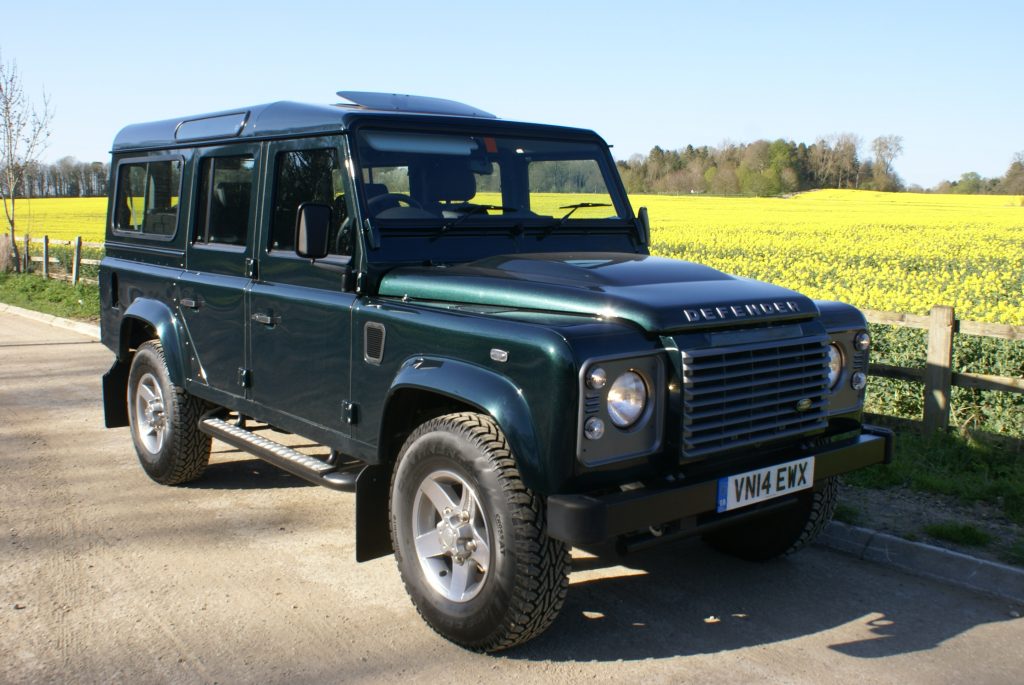
SONY DSC
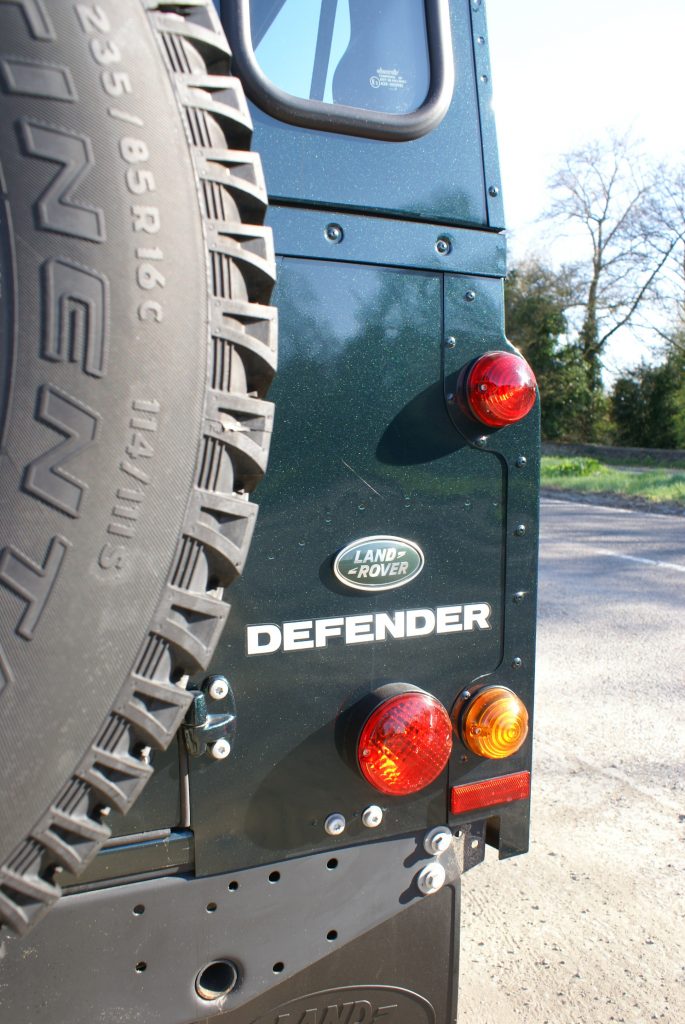
SONY DSC
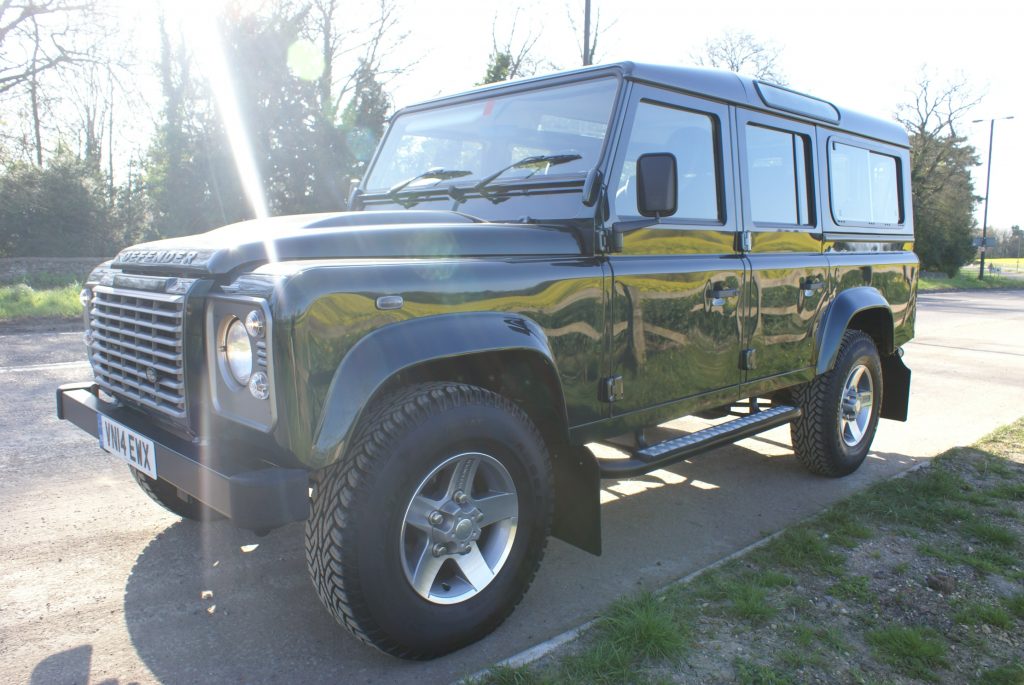
SONY DSC
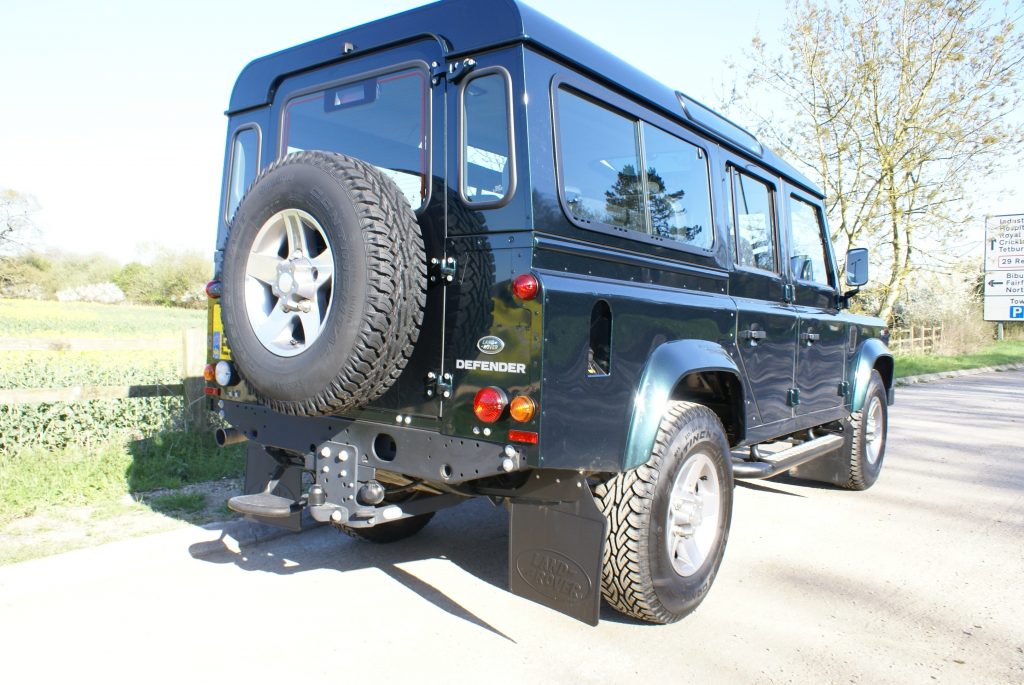
SONY DSC
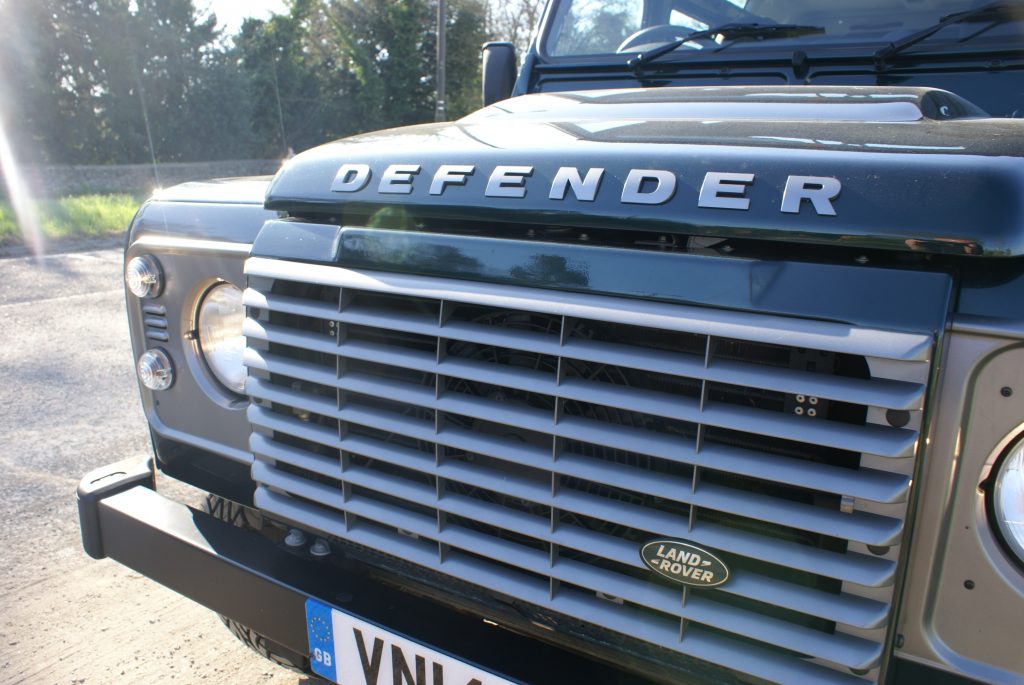
SONY DSC

SONY DSC
from 2020). And a new kind of iconic Land Rover will presumably grace those supersized, super curved TV sets of the future.
Factfile
Land Rover Defender 110 Station Wagon
Colour: Aintree Green
Interior: black cloth seats with leather inserts and black carpet
On the road price: £33,405 including vat, excluding extras
XS spec
Engine : 2.2 litre diesel engine
Transmission: manual, six-speed
Fuel consumption:
Combined cycle: 25.5 mpg
CO² emissions: 295 g/km
Obstacle Clearance – up to 314mm
Wading depth – max 500mm
Maximum gradient – 45 degrees
Optional extras:
Tow ball drop plate and electrics – £305
Under ride protection bar – £80
Audio System Upgrade – £180
Sunroof – £265
